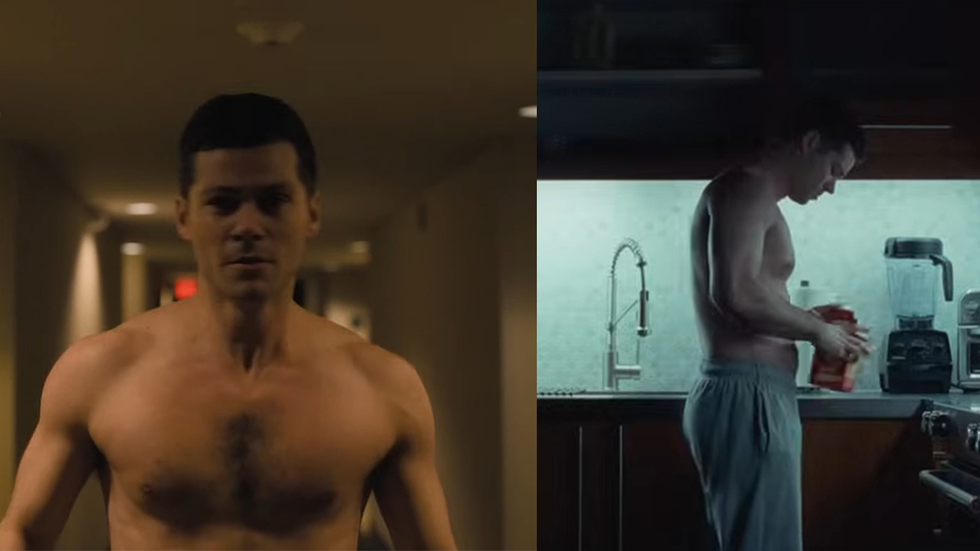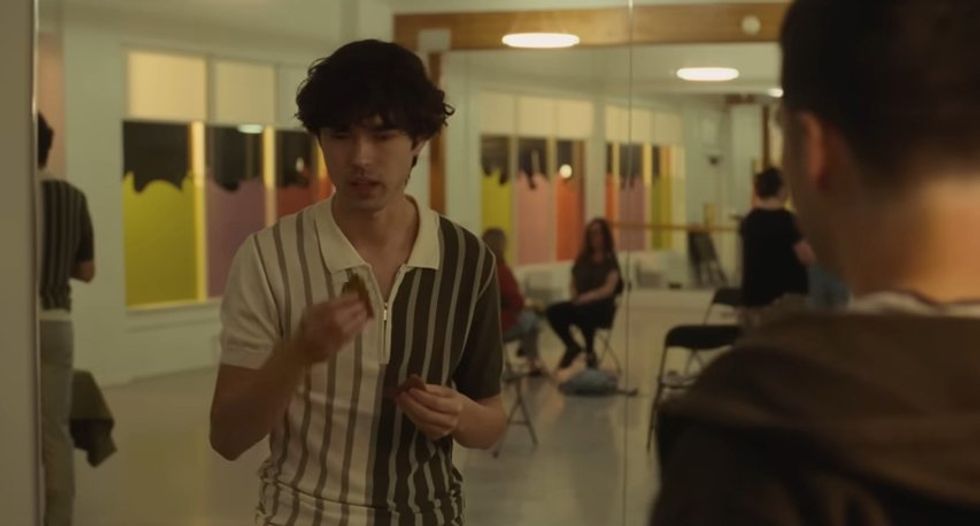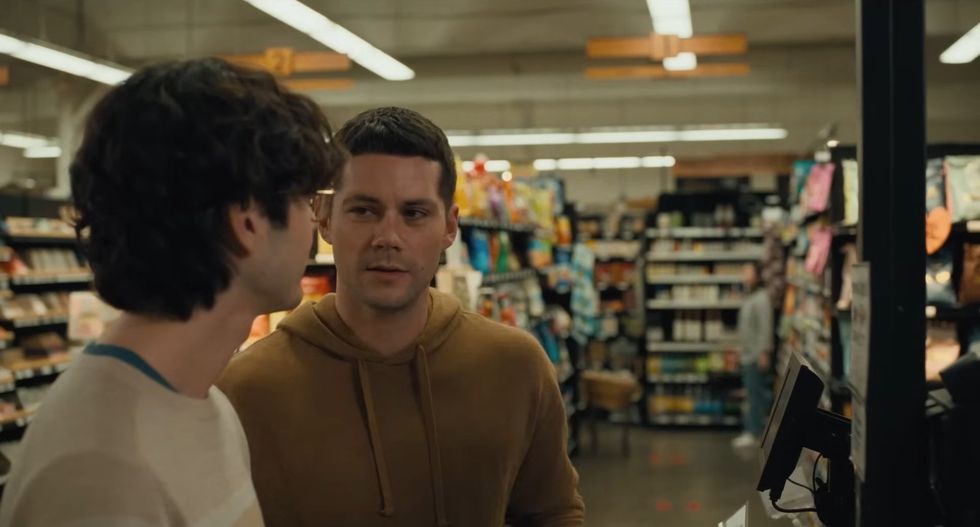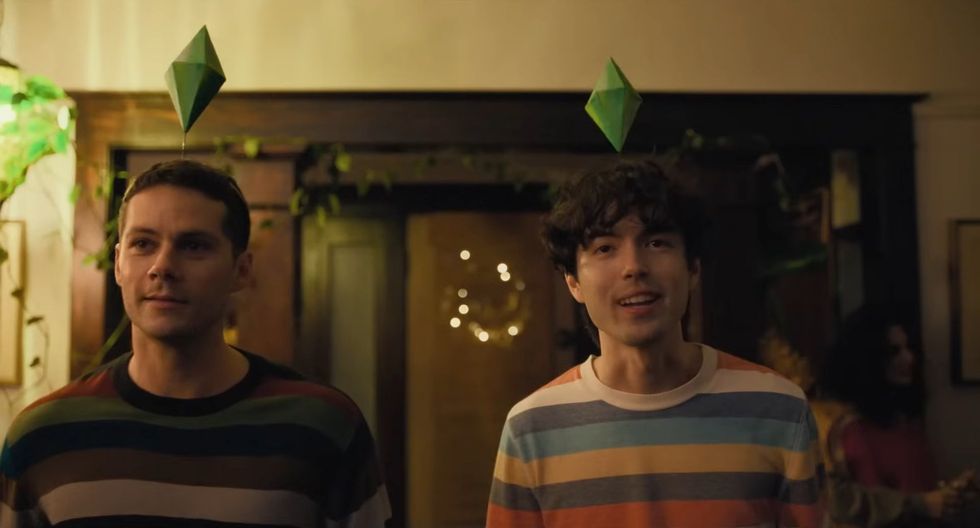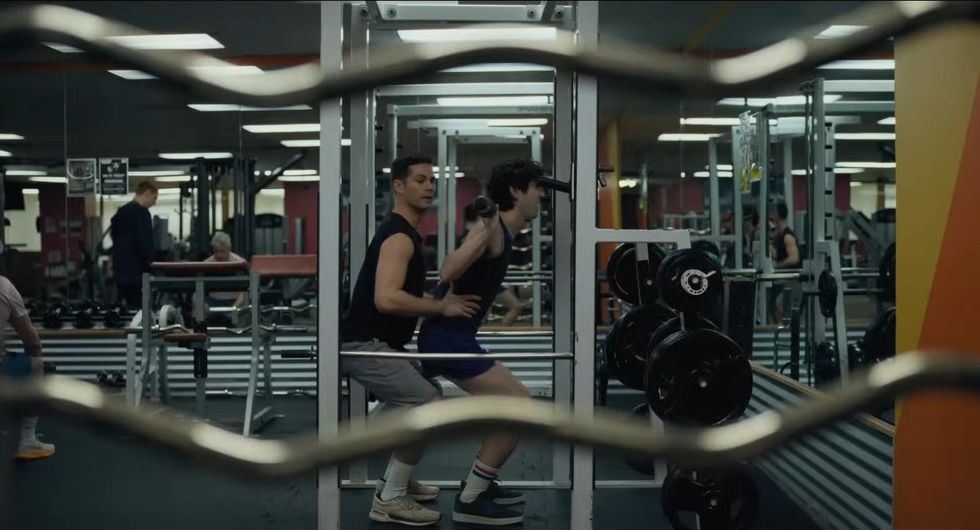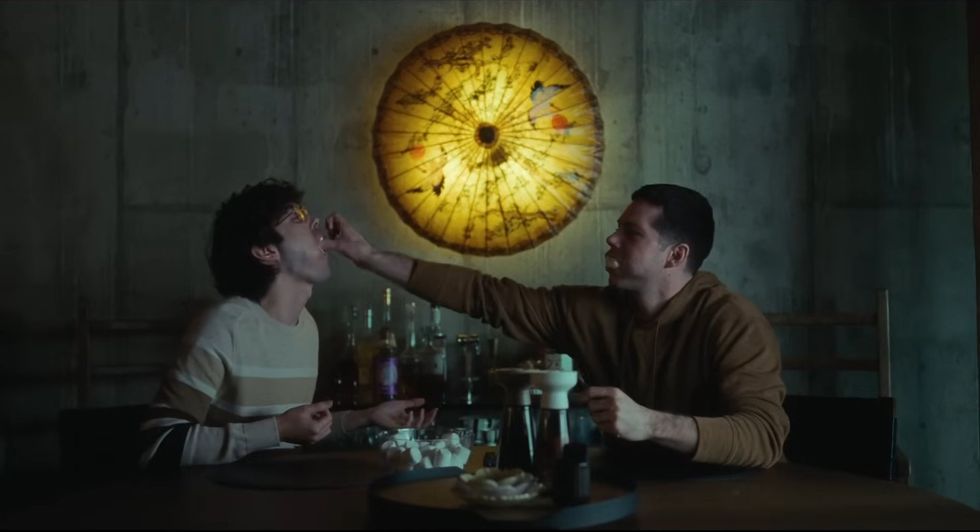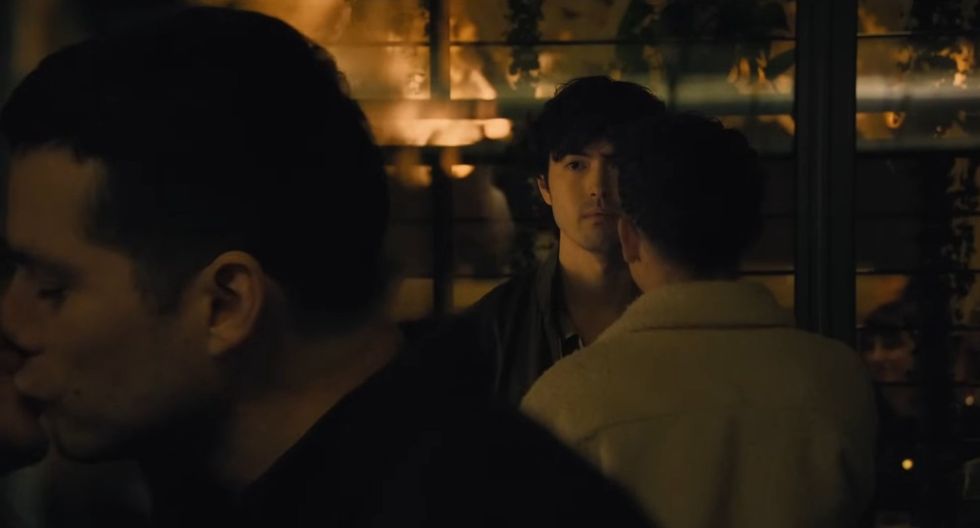While LGBTQ+ folks have always been around, we've only just recently begun to see explicitly queer characters on television and in film. That's not to say that characters haven't been understood as queer way before they could come out on screen, it's just that it could only be "hinted at." Enter the queer-coded character.
We've seen almost a century of queer coding, what pop culture YouTube channel The Take defines as "using LGBTQIA tropes and stereotypes to allude to a character's sexuality without explicitly confirming it in the text." We've seen queer-coded characters everywhere, from Mrs. Danvers in Rebecca, Timon in Lion King, to Faith in Buffy the Vampire Slayer.
This was the only way queer characters could exist at all for a while in film, especially with the censorship of the Hays Code enforced between the 1930s to the 1960s. The use of said stereotypes like The Sissy and The Sadist was applied to certain characters, letting the audience know that they're either a passive comedic prop or a deviant from the norm who oftentimes turned out to be a villain.
Those tropes still persist today, especially in children's content, "reinforcing assumptions that anyone that deviates from gender norms must be wicked." In the '90s, these kinds of characters were allowed to come out while still playing up those stereotypes.
While LGBTQ+ characters are still evolving today, we've still got quite a ways to go. The Take even breaks down queer baiting, "which panders to a queer audience through teasing romance but doesn't deliver for fear of offending any homophobic viewer."
Watch The Take's full video on the history of queer coding in film and television below!


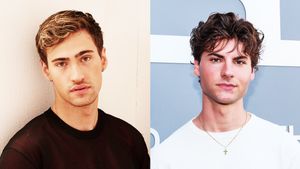


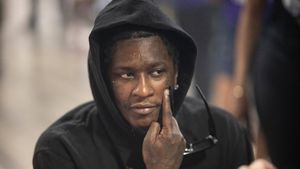
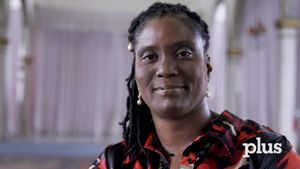

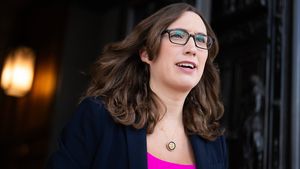



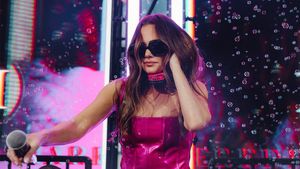

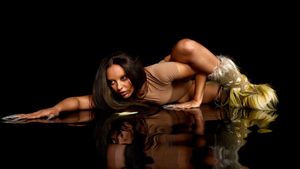
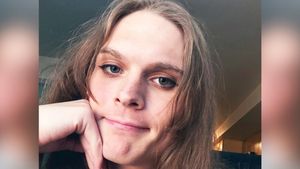
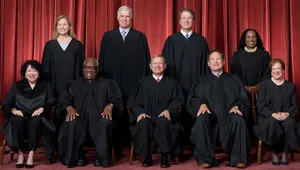
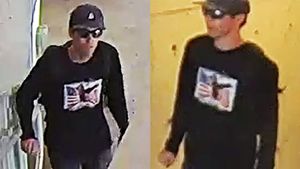

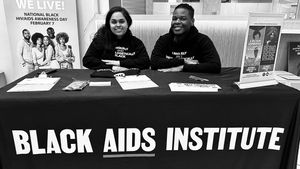
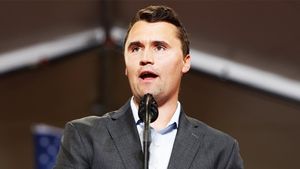

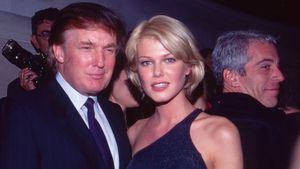

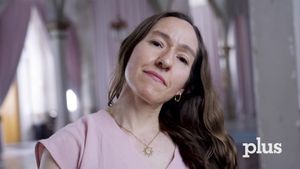









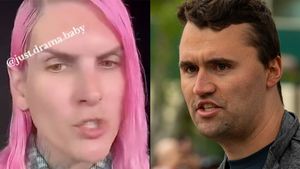


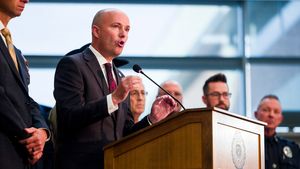


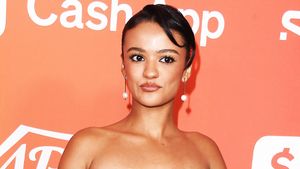

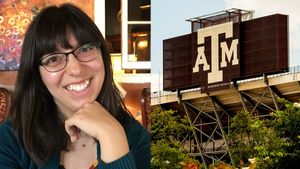

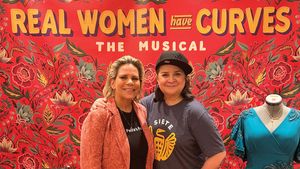
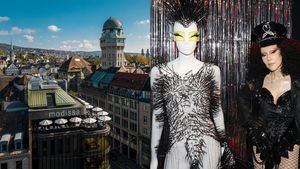












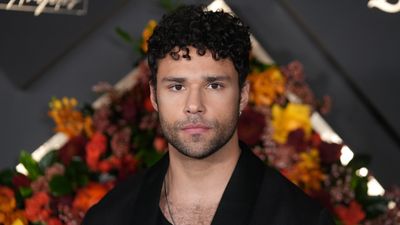


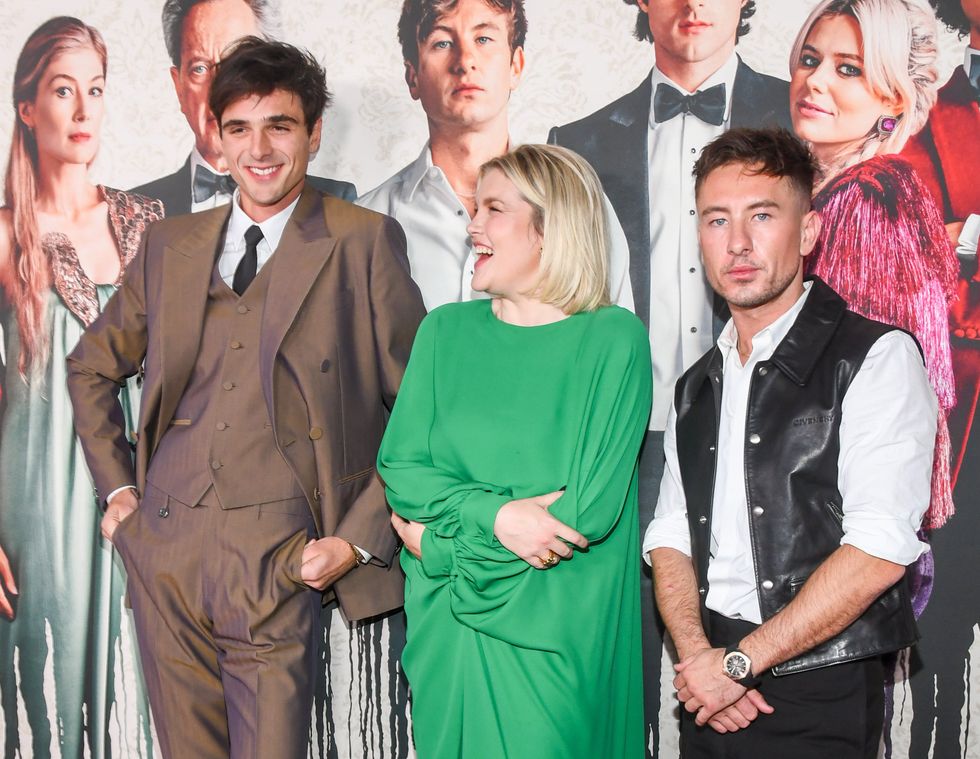

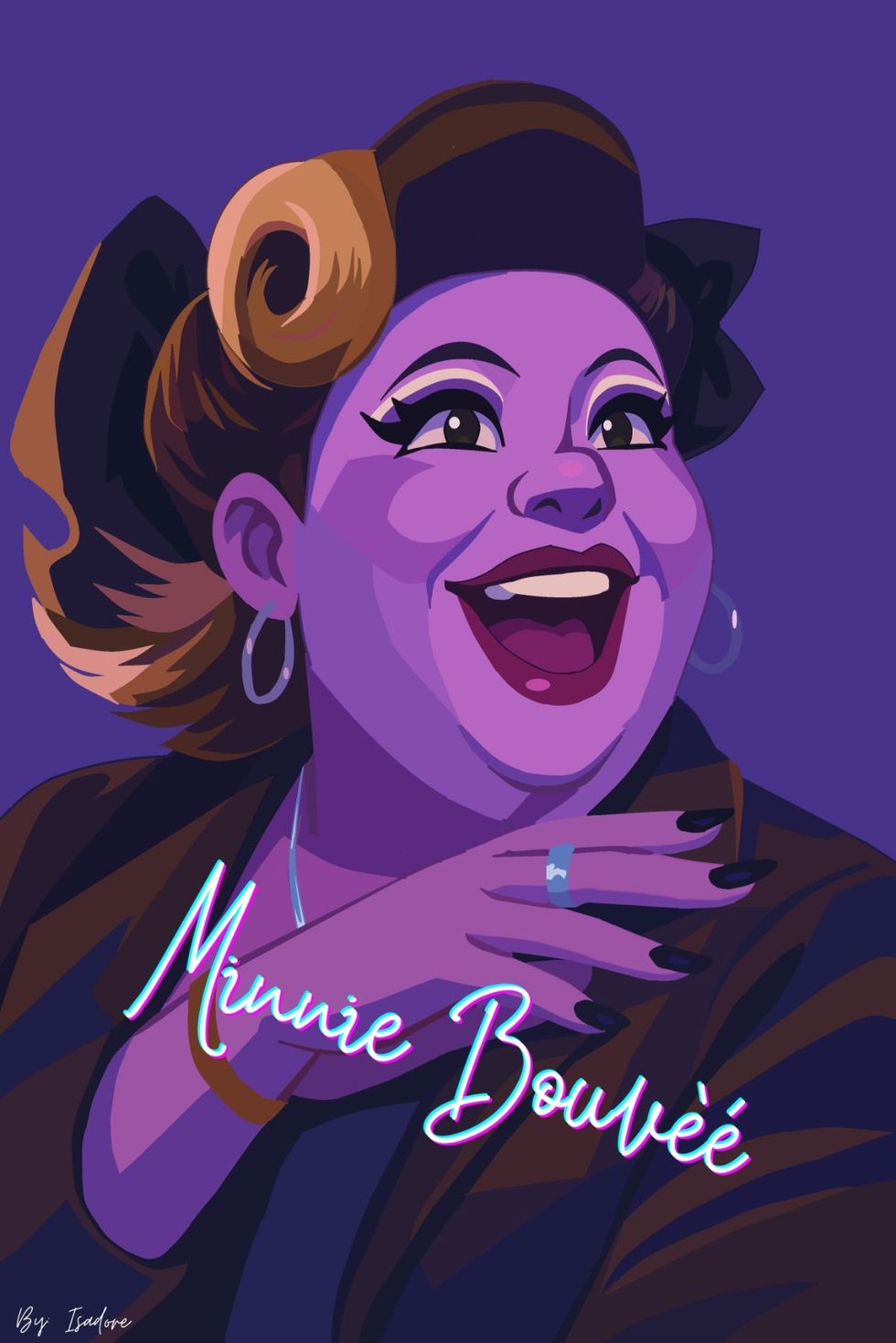
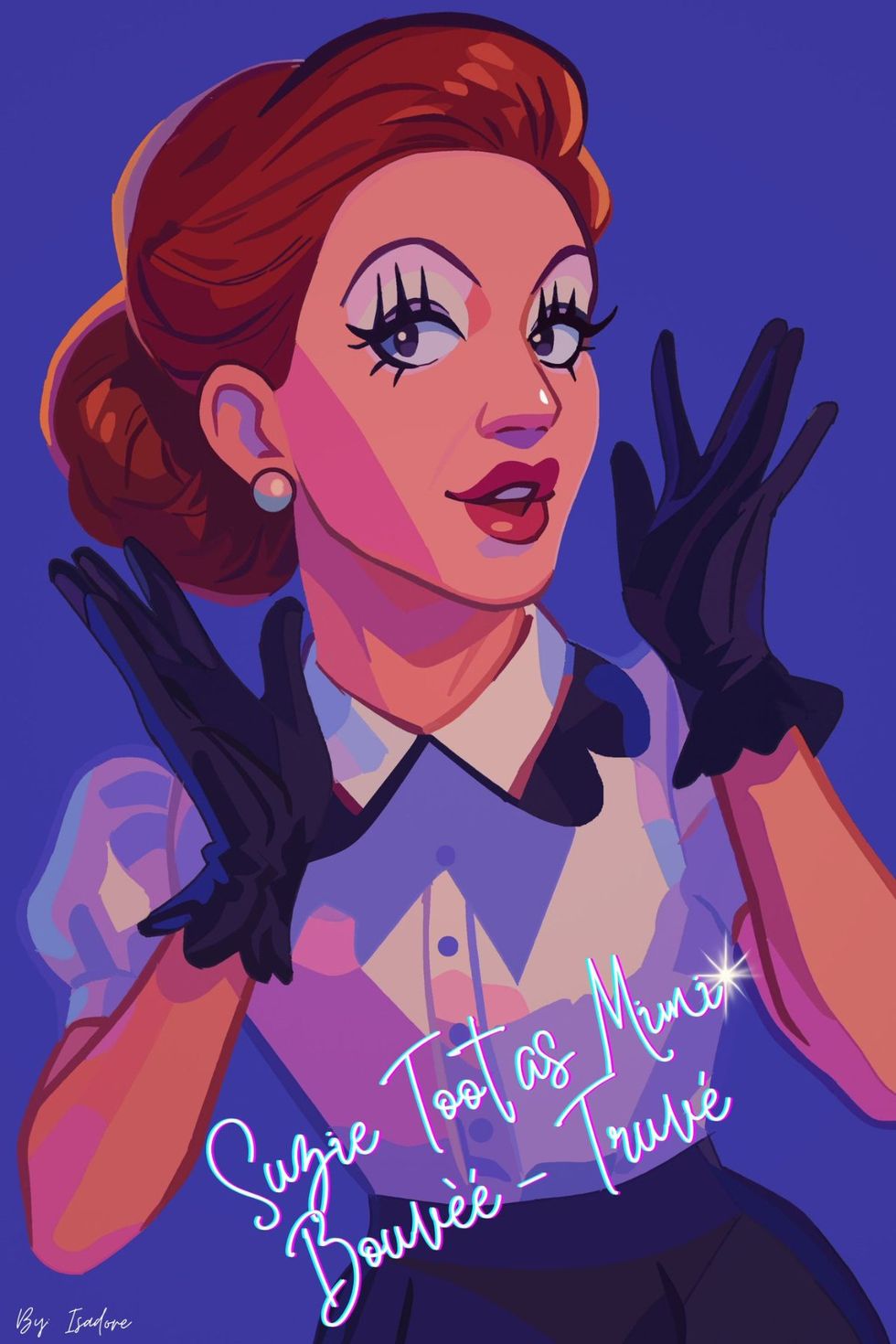
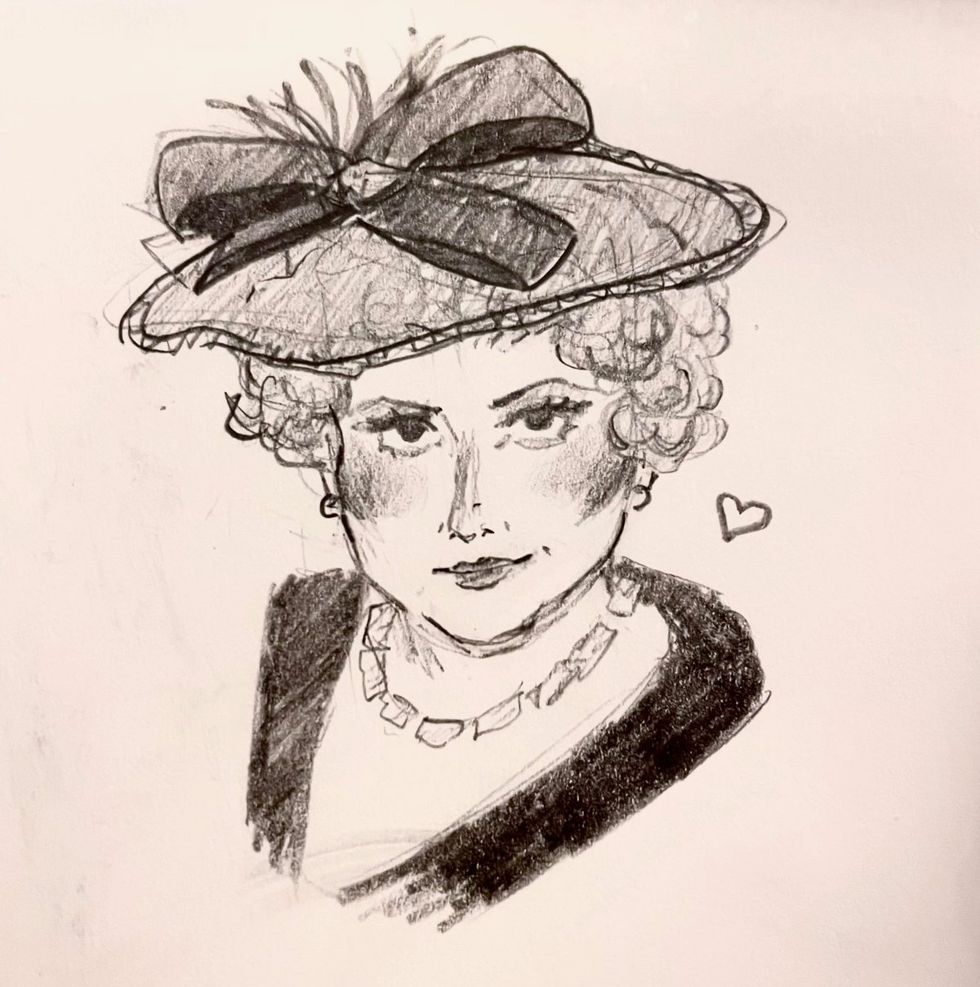
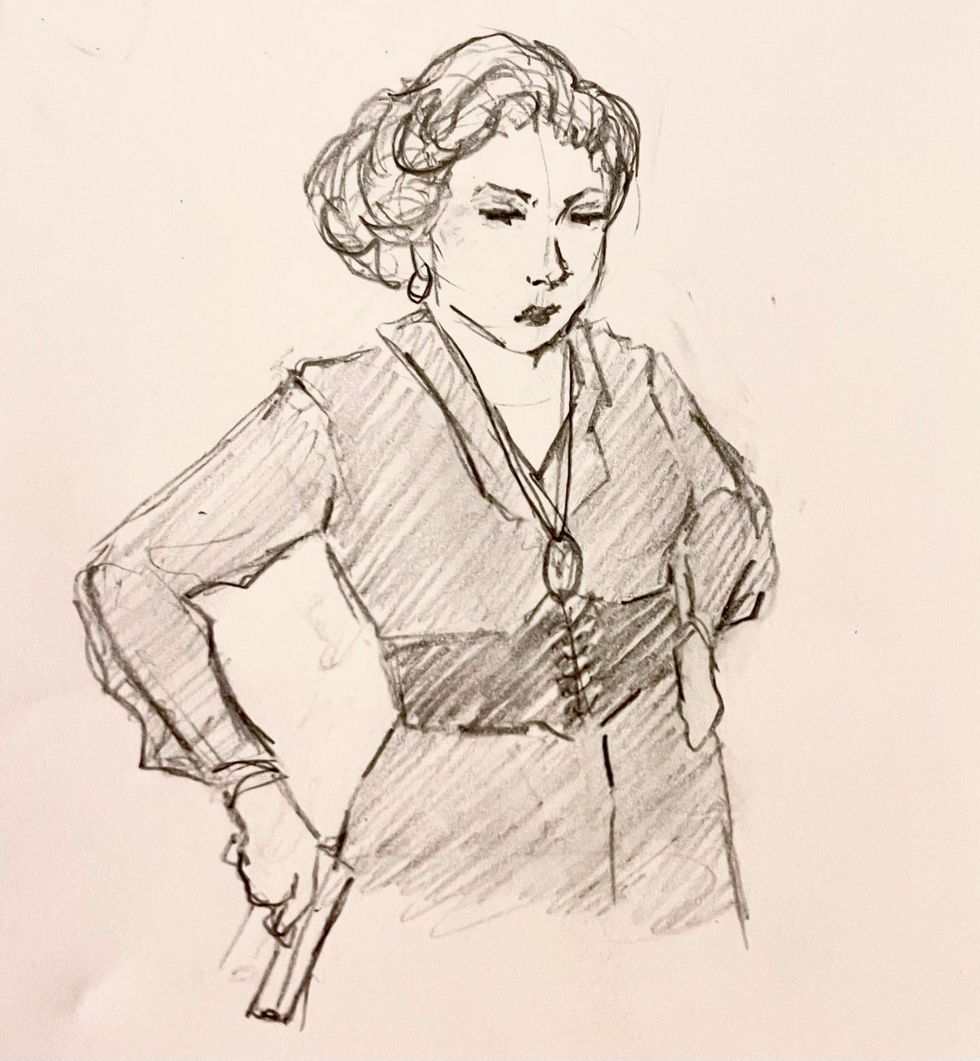
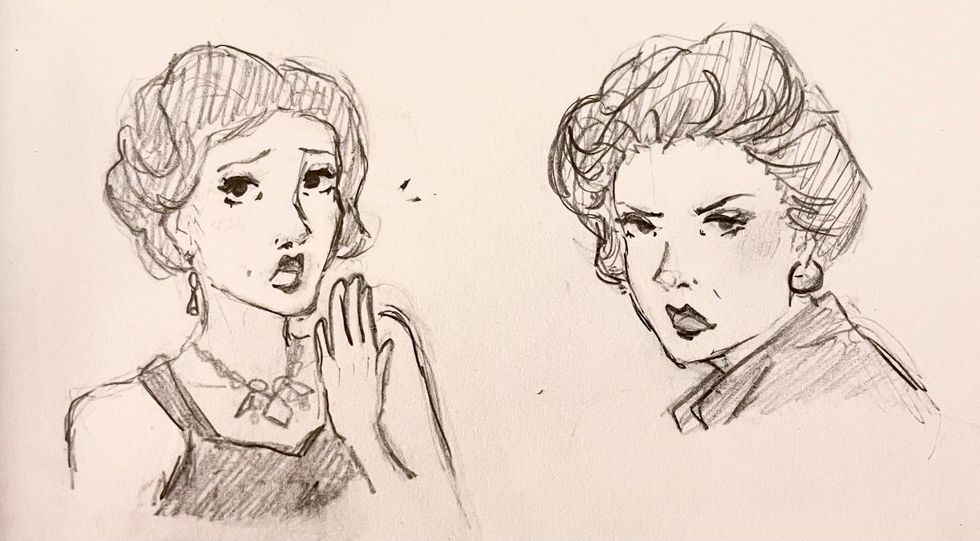
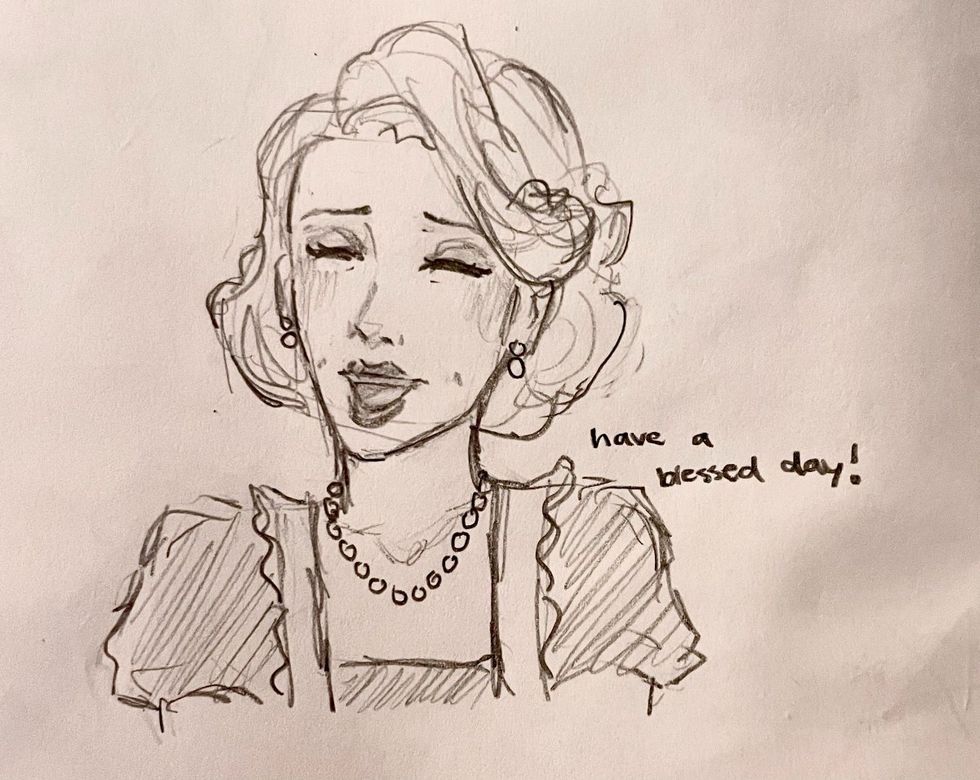


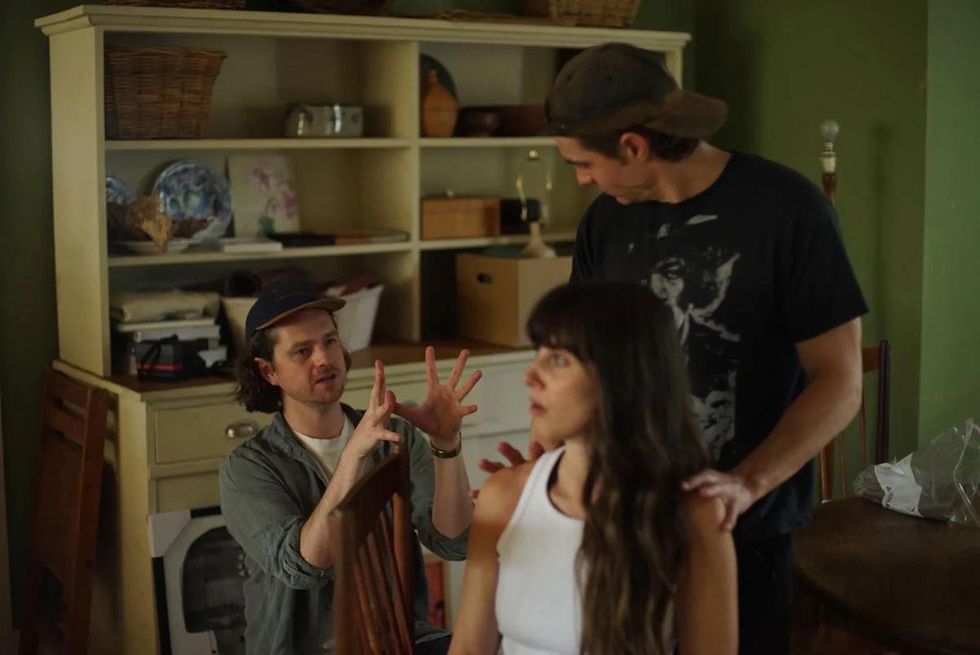
 Germain McMicking/Neon
Germain McMicking/Neon

 10 gay moments from the 'Twinless' trailer that have us sweating with anticipation
10 gay moments from the 'Twinless' trailer that have us sweating with anticipation